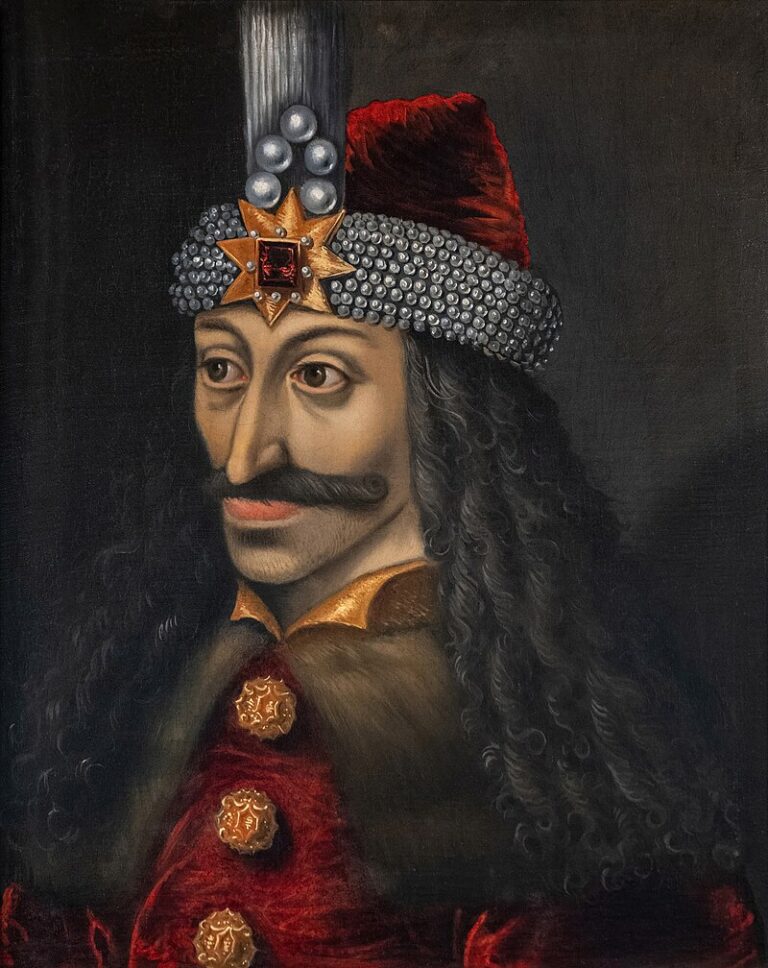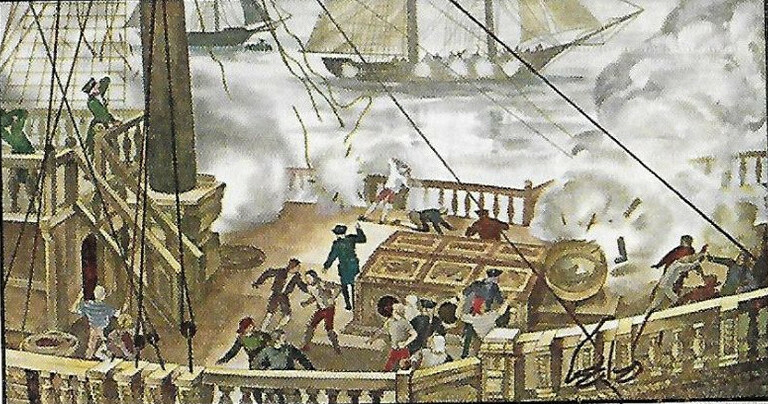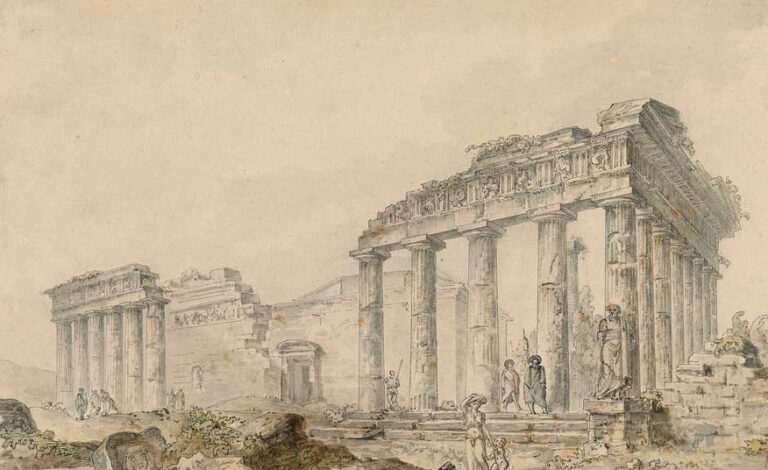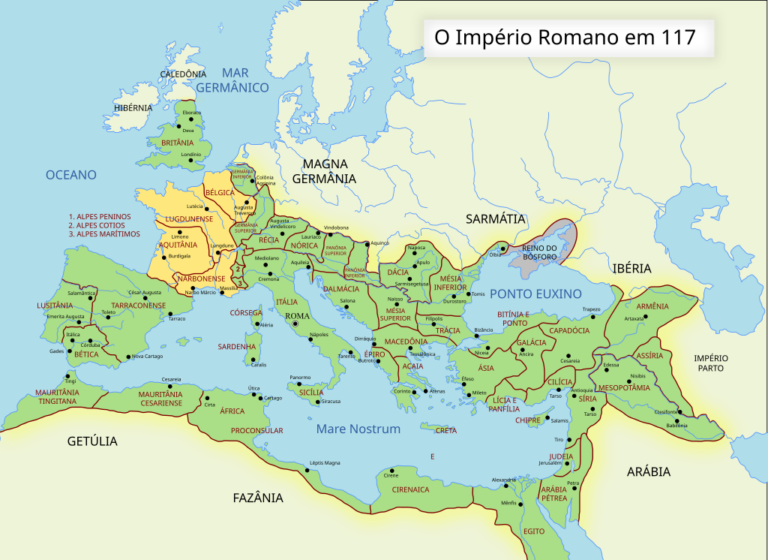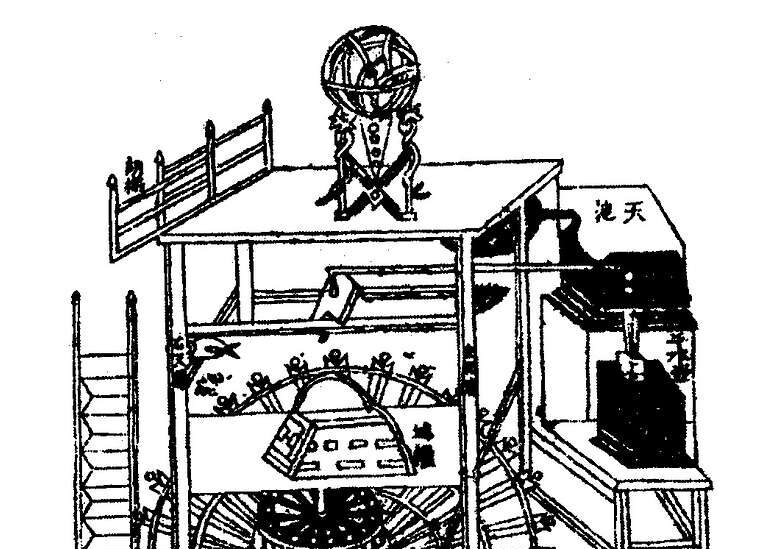
When people talk about China being centuries ahead of the rest of the world in science, technology, and innovation, they’re usually talking about the Song Dynasty (960–1279 CE). While ancient China had long been an advanced civilization, the Song era saw an explosion of technological breakthroughs, economic growth, and cultural achievements that set the foundation for the modern world.
From paper money and stock companies to gunpowder warfare and mass iron production, this dynasty was so advanced that many of its breakthroughs wouldn’t appear in the West for centuries.
So why don’t we talk about it more? Well, the Mongols showed up… and everything changed.
Let’s dive into the story of the Song Dynasty—a civilization that was far ahead of its time.
1. The First Paper Money
Long before Europe even imagined the concept of paper money, the Song Dynasty invented and used the world’s first banknotes. Known as “Jiaozi”, this early form of currency was introduced in the 11th century to replace heavy metal coins.
Why It Was Revolutionary:
- Made large transactions easier, boosting trade.
- Set the foundation for modern banking and paper currency systems worldwide.
- Helped create a more advanced economy, relying on credit rather than just barter or coinage.
It wasn’t until the 17th century that paper money became widespread in Europe—600 years after the Song Dynasty had already perfected it.
2. Movable Type Printing: The True Gutenberg Predecessor
Everyone learns that Johannes Gutenberg invented the printing press in the 1400s. But in reality, the Song Dynasty had already developed a movable type printing system 400 years earlier.
Invented by Bi Sheng (circa 1040 CE), movable type printing:
- Allowed for mass production of books and documents.
- Greatly improved literacy and education.
- Made the spread of knowledge faster and more efficient.
While woodblock printing had existed in China for centuries, movable type meant that characters could be rearranged and reused, much like in Gutenberg’s press. However, because Chinese writing uses thousands of characters, the system was more complex than in alphabet-based languages.
Despite this, the Song Dynasty saw an explosion of printed books, manuals, and texts, centuries before the European printing revolution.
3. The First Standing Navy & Military Innovations
While other nations had naval forces, the Song Dynasty created the first official standing navy. This wasn’t just a fleet of merchant ships or war galleys—it was a fully organized, government-funded naval force used for national defense and expansion.
Song naval achievements included:
- The world’s first recorded use of naval mines and paddle-wheel warships.
- Large ships with bulkheads, making them more resilient at sea (a design still used in modern ships).
- Advanced catapults and flamethrowers mounted on warships.
They also pioneered the use of gunpowder weapons, including early rockets, bombs, and firearms, long before they appeared in Europe.
4. Advances in Astronomy & Mathematics
The Song Dynasty’s astronomers built some of the most sophisticated star maps of their time. They even:
- Measured the precise movement of the planets.
- Calculated the length of the year to an accuracy of within 20 seconds.
- Designed early mechanical clocks, including a massive astronomical clock tower built by Su Song in 1094 CE.
This was one of the world’s first mechanical devices driven by an escapement mechanism, which would later influence European clock-making.
5. Advanced Bridges & Earthquake-Resistant Architecture
The Song Dynasty built incredibly durable suspension bridges and pioneered earthquake-resistant architecture—centuries before modern engineering theories.
Engineering Marvels of the Song Era:
- Rainbow Bridges: The Song created wooden arch bridges without nails, allowing them to withstand heavy loads.
- Multi-tiered Pagodas: Many Song pagodas used flexible, shock-absorbing structures, which made them resistant to earthquakes.
- Early Reinforced Construction: Some large buildings used a combination of iron rods and wood to prevent collapse—an early form of reinforced architecture.
6. Limited Stock Companies
Yes, you read that right. The concept of limited liability companies—where investors could buy shares and fund large projects—was developed during the Song Dynasty. Merchants pooled resources into joint ventures, reducing risk and fueling long-distance trade across Asia.
This idea wouldn’t take off in Europe until the Dutch East India Company was founded in 1602—more than 600 years later.
7. Mass Production of Iron & Steel
While medieval Europe was struggling with basic iron tools, the Song Dynasty had already developed blast furnaces capable of producing 125,000+ tons of iron per year—more than Britain managed in the 18th century Industrial Revolution.
This massive iron and steel production was used to make:
- Weapons & armor (swords, crossbows, and early firearms).
- Bridges and buildings (some of which still stand today).
- Farm tools and plows, which boosted agriculture and food supply.
8. The First True North Compass for Navigation
The Song Dynasty perfected the magnetic compass, making long-distance sea voyages possible. European explorers wouldn’t start using compasses until the 13th-14th centuries—by which point, Song China had already been sailing the South China Sea for generations.
9. A Renaissance Before the Renaissance
The Song Dynasty was not just about war and technology—it was a golden age of art, poetry, and philosophy.
- Neo-Confucianism reshaped Chinese thought, influencing politics and education for centuries.
- Artists like Fan Kuan and Guo Xi created breathtaking landscapes.
- Song porcelain and pottery became so famous that “china” is still the word for fine ceramics today.
So, What Happened?
If the Song Dynasty was so advanced, why didn’t it dominate the world?
Despite their advancements, the Song Dynasty eventually fell to Kublai Khan and the Mongol invasion in 1279, becoming part of the Yuan Dynasty. The Mongols burned cities, disrupted trade, and ended one of the most innovative civilizations in history.
But even though the Song Dynasty fell, its ideas lived on. The innovations in finance, industry, and technology laid the groundwork for China’s future dynasties—and many of its breakthroughs shaped the modern world.
…
Related:

